Home>Garden Essentials>Where Is Flax Seed In The Grocery Store
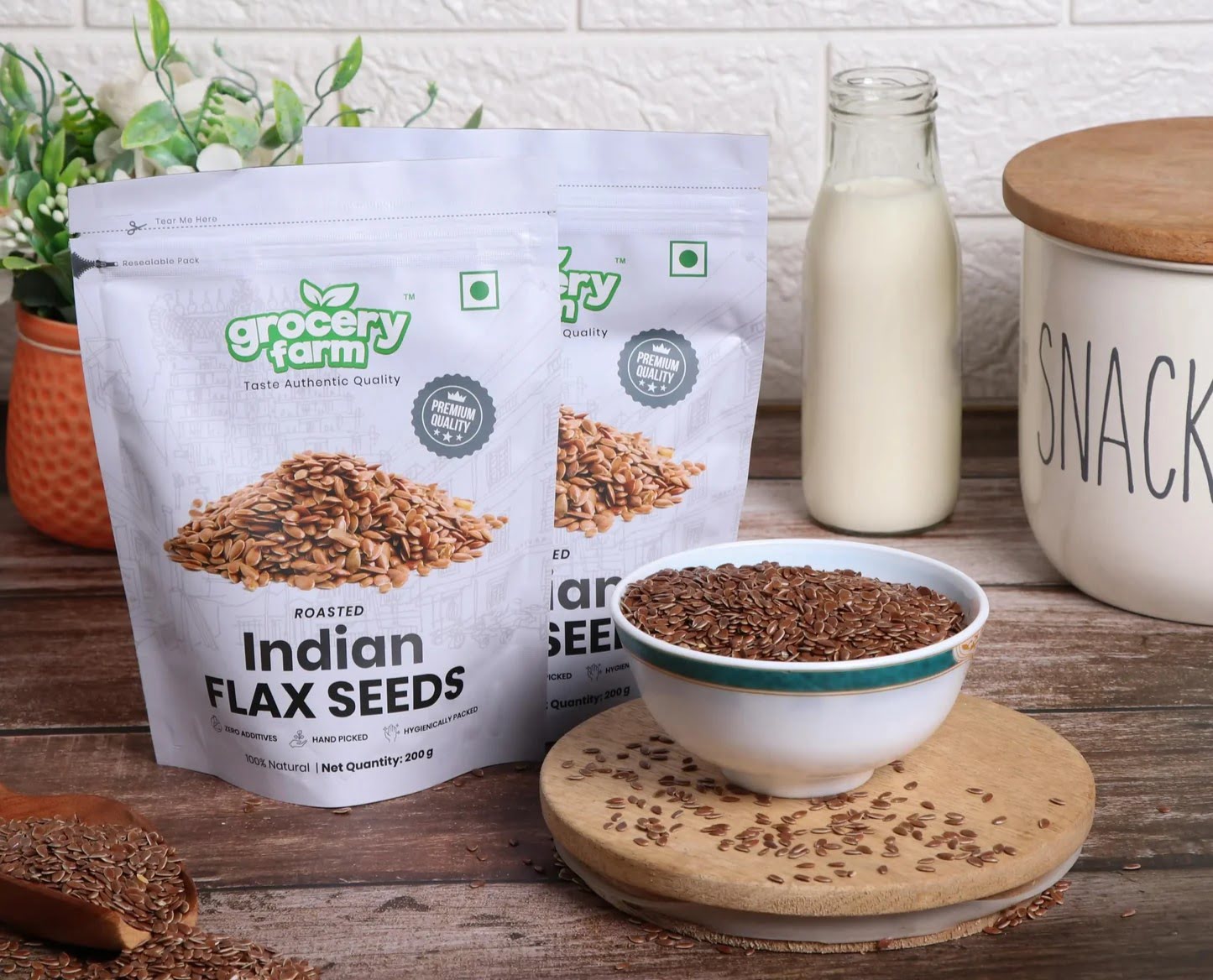

Garden Essentials
Where Is Flax Seed In The Grocery Store
Modified: March 16, 2024
Discover the location of flax seed in the grocery store garden section and start incorporating this nutritious ingredient into your meals.
(Many of the links in this article redirect to a specific reviewed product. Your purchase of these products through affiliate links helps to generate commission for Storables.com, at no extra cost. Learn more)
Introduction
Welcome to the world of flaxseed! If you are someone who values health and nutrition, then flaxseed is a superfood that should definitely be on your radar. Packed with essential nutrients, flaxseed is renowned for its numerous health benefits and versatility in the kitchen. But if you’re new to this powerhouse seed, you may be wondering where exactly you can find it in the grocery store. In this article, we’ll explore the different forms of flaxseed, its benefits, and where you can locate it during your next shopping trip.
Flaxseed, also known as linseed, comes from the flax plant (Linum usitatissimum) and has been cultivated for thousands of years. This tiny seed has gained popularity in recent years due to its impressive nutritional profile. It is rich in omega-3 fatty acids, fiber, lignans, and various vitamins and minerals.
Adding flaxseed to your diet can support heart health, improve digestion, promote hormonal balance, and even benefit your skin and hair. Additionally, flaxseed has been associated with a reduced risk of certain chronic diseases, such as cardiovascular disease, diabetes, and certain types of cancer.
Now that you know a bit about the benefits of flaxseed, let’s discuss the different forms it comes in. Flaxseed is available in three main forms: whole flaxseed, ground flaxseed (also known as flaxseed meal), and flaxseed oil.
Whole flaxseed is the whole seed as it comes from the plant, with a hard outer shell that protects the inner seed. Ground flaxseed, on the other hand, is simply whole flaxseed that has been finely ground into a powder. This makes it easier for your body to digest and absorb all the essential nutrients.
Flaxseed oil, as the name suggests, is the oil extracted from the flaxseed. This oil is primarily used for its omega-3 fatty acid content and is often consumed as a dietary supplement. It is important to note that flaxseed oil should be stored in the refrigerator to maintain its freshness and prevent it from turning rancid.
Now that we’ve covered the basics of flaxseed and its various forms, let’s dive into the main question: Where can you find flaxseed in the grocery store? The good news is that flaxseed is widely available and can be found in multiple sections of the grocery store.
In the next section, we will explore the different aisles and sections of the grocery store where you can typically find flaxseed, as well as some alternative names to look out for.
Key Takeaways:
- Flaxseed, a superfood rich in omega-3 fatty acids and fiber, can be found in the health food section, baking aisle, or online. Look for alternative names like “linseed” or “alsi” for easy shopping.
- Ground flaxseed is best for easy digestion and absorption. Use it in smoothies, baking, and salads for a nutty flavor and added nutrients. Store it in a cool, dark place for freshness.
Understanding Flax Seed
Before we delve into where to find flaxseed in the grocery store, it is important to have a solid understanding of what flaxseed is and why it is considered a nutritional powerhouse.
Flaxseed is a small, oval-shaped seed that comes from the flax plant, which is native to the Mediterranean region. It has been consumed for centuries and was even used in ancient civilizations for its medicinal properties.
One of the key nutritional components of flaxseed is omega-3 fatty acids. Omega-3 fatty acids are essential fats that our body needs for optimal health, but cannot produce on its own. Flaxseed is one of the best plant-based sources of these omega-3 fatty acids, particularly alpha-linolenic acid (ALA), which has been shown to have numerous health benefits.
In addition to omega-3 fatty acids, flaxseed is also an excellent source of dietary fiber. Fiber is essential for maintaining a healthy digestive system, regulating blood sugar levels, and promoting feelings of fullness. Just two tablespoons of flaxseed contain approximately six grams of fiber, making it a great addition to any diet.
Another notable component of flaxseed is lignans, which are phytoestrogens that have antioxidant properties. These lignans have been linked to potential benefits such as reduced risk of breast cancer, improved heart health, and better overall hormonal balance.
Flaxseed also contains an array of vitamins and minerals, including vitamin E, thiamine (vitamin B1), niacin (vitamin B3), manganese, magnesium, and phosphorus.
When it comes to incorporating flaxseed into your diet, it is important to choose the right form. Whole flaxseed is a great option if you want to enjoy the crunch and texture, but keep in mind that the outer shell is hard and indigestible. To maximize the nutritional benefits, it is recommended to either grind the whole flaxseed yourself or purchase ground flaxseed, also known as flaxseed meal. This allows for better absorption of the nutrients and ensures that your body can fully reap the benefits.
Flaxseed can be enjoyed in a variety of ways. You can sprinkle ground flaxseed on top of cereals, yogurt, or smoothies, or incorporate it into baked goods such as breads, muffins, and pancakes. Whole flaxseed can be used as a topping for salads or added to homemade granola. For those who prefer a more convenient option, flaxseed oil can be used as a dressing or added to smoothies for an extra nutritional boost.
Now that we have a solid understanding of the nutritional benefits and versatility of flaxseed, let’s move on to the next section to discover where you can find flaxseed in the grocery store.
Benefits of Flax Seed
Flaxseed has gained popularity as a superfood due to its impressive array of health benefits. Incorporating flaxseed into your diet can have a positive impact on various aspects of your well-being. Let’s explore some of the key benefits of flaxseed:
1. Heart Health: Flaxseed is known for its heart-healthy properties. The omega-3 fatty acids found in flaxseed help reduce inflammation and promote healthy cholesterol levels. These factors contribute to a reduced risk of heart disease and stroke.
2. Digestive Health: Flaxseed is an excellent source of dietary fiber, both soluble and insoluble. The fiber content aids in proper digestion and promotes regular bowel movements. It can also help prevent constipation and promote a healthy gut microbiome.
3. Hormonal Balance: The lignans present in flaxseed are phytoestrogens, which are plant compounds that can mimic the hormone estrogen. These lignans have been shown to help balance hormonal levels in both men and women, potentially reducing the risk of hormone-related conditions such as breast cancer, prostate cancer, and menopausal symptoms.
4. Weight Management: Flaxseed’s high fiber content can promote feelings of fullness and help control appetite. By adding flaxseed to your meals or snacks, you may be less likely to overeat and more likely to maintain a healthy weight or even support weight loss efforts.
5. Skin and Hair Health: The omega-3 fatty acids and antioxidants present in flaxseed contribute to healthier skin and hair. These nutrients help reduce inflammation, promote hydration, and support the production of collagen, leading to a more radiant complexion and stronger, shinier hair.
6. Blood Sugar Regulation: The soluble fiber in flaxseed can help regulate blood sugar levels by slowing down the absorption of sugars in the bloodstream. This can be especially beneficial for individuals with diabetes or those at risk of developing the condition.
7. Anti-Inflammatory Properties: The omega-3 fatty acids and lignans in flaxseed have anti-inflammatory properties, which can help reduce inflammation throughout the body. Chronic inflammation is linked to various health issues, including heart disease, arthritis, and certain cancers.
8. Cognitive Function: Some studies suggest that the omega-3 fatty acids in flaxseed may support brain health and cognitive function. These essential fatty acids are important for maintaining proper brain structure and function.
It’s important to note that while flaxseed offers numerous health benefits, it is not a magic cure-all. It should be consumed as part of a balanced diet and healthy lifestyle. Adding a daily serving of flaxseed to your diet can be a valuable and nutritious addition, but it is always advisable to consult with a healthcare professional before making any significant dietary changes, especially if you have any underlying health conditions.
Now that we understand the many benefits of flaxseed, let’s move on to the next section to discover where exactly you can find flaxseed in the grocery store.
Different Forms of Flax Seed
Flaxseed is available in several different forms, each with its own unique characteristics and benefits. Understanding the different forms will help you choose the right one for your needs. Let’s explore the three main forms of flaxseed:
1. Whole Flaxseed: Whole flaxseed refers to the whole seed as it comes from the flax plant, including the outer shell. These seeds are small and have a shiny appearance. While whole flaxseed is rich in nutrients, the outer shell is tough and indigestible, which makes it difficult for your body to absorb the nutrients fully. If you choose to consume whole flaxseed, it is important to either grind it yourself or look for pre-ground flaxseed to ensure optimal nutrient absorption.
2. Ground Flaxseed (Flaxseed Meal): Ground flaxseed, also known as flaxseed meal, is simply whole flaxseed that has been finely ground into a powder-like consistency. This form of flaxseed is much easier for your body to digest and absorb. By grinding the seeds, you break down the tough outer husk, allowing your body to access the valuable nutrients inside. Ground flaxseed is a popular choice for incorporating into recipes and can be readily found in grocery stores. It is important to store ground flaxseed properly to maintain its freshness and prevent it from turning rancid.
3. Flaxseed Oil: Flaxseed oil is extracted from flaxseed and is a concentrated source of the beneficial fats found in the seed. This oil is rich in omega-3 fatty acids, particularly alpha-linolenic acid (ALA). Flaxseed oil is commonly used as a dietary supplement due to its omega-3 fatty acid content. It is important to keep flaxseed oil refrigerated to preserve its freshness and prevent it from spoiling. Flaxseed oil is not suitable for cooking at high temperatures, as it has a low smoke point and can become rancid.
When it comes to choosing the right form of flaxseed, it often depends on how you plan to incorporate it into your diet. If you enjoy the added texture and crunch, whole flaxseed may be a good option for you. However, if you want to maximize the nutritional benefits and ease of digestion, ground flaxseed may be the better choice. Flaxseed oil is ideal if you prefer a concentrated source of omega-3 fatty acids or want to add a nutty flavor to your dishes.
Now that we’ve covered the different forms of flaxseed, let’s move on to the next section to discover where you can find flaxseed in the grocery store.
Where to Find Flax Seed in the Grocery Store
Now that you’re eager to add flaxseed to your diet, you may be wondering where exactly you can find it in the grocery store. Thankfully, flaxseed is widely available and can be found in multiple sections of the store. Let’s explore the common areas where you can typically find flaxseed:
1. Health Food or Bulk Section: One of the first places to check for flaxseed is the health food section or bulk bins. Many grocery stores have dedicated sections for natural and organic products, and this is where you’re likely to find a variety of flaxseed options. Look for both whole flaxseed and ground flaxseed (flaxseed meal) in these areas. The bulk bins often allow you to purchase just the amount you need, which can be cost-effective and reduce waste.
2. Baking Aisle: Flaxseed is a popular ingredient in baking and can often be found in the baking aisle of the grocery store. Look for pre-packaged bags or containers of ground flaxseed or flaxseed meal. These are convenient options if you prefer pre-ground flaxseed or if you’re planning to use it specifically for baking purposes.
3. Natural Foods Section: In many grocery stores, there is a dedicated section for natural and organic products. This section may have a variety of flaxseed options, including whole flaxseed and ground flaxseed. Take a stroll through this section to locate the flaxseed products that suit your preference.
4. Nutritional Supplements Aisle: Flaxseed oil is commonly found in the nutritional supplements aisle, alongside other dietary supplements and oils. Look for bottles of flaxseed oil with labels indicating their omega-3 fatty acid content. Remember to choose a high-quality, cold-pressed flaxseed oil and ensure it is properly stored in the refrigerated section.
5. Online Shopping: If you’re unable to find flaxseed in your local grocery store or prefer the convenience of online shopping, there are numerous online retailers that offer a wide range of flaxseed products. This option allows you to explore different brands, forms, and quantities of flaxseed, and have them delivered right to your doorstep.
As you search for flaxseed, keep in mind that different stores may have slightly different arrangements and sections. If you’re having trouble finding it, don’t hesitate to ask a store employee for assistance. They can guide you to the section where flaxseed is stocked or provide information about any store-specific arrangements.
Now that you know where to find flaxseed in the grocery store, let’s move on to the next section to discover some alternative names for flaxseed that you should look out for.
Flax seeds are usually found in the bulk foods section or in the baking aisle of the grocery store. Look for them near other seeds and grains.
Read more: Where Are Chia Seeds In A Grocery Store
Alternative Names for Flax Seed
When searching for flaxseed in the grocery store, it’s helpful to know that there are alternative names for flaxseed that you should be aware of. Here are a few alternative names for flaxseed:
1. Linseed: Linseed is another name for flaxseed. The terms “flaxseed” and “linseed” are often used interchangeably, so don’t be surprised if you come across both terms while searching for this nutritious seed.
2. Flax: Simply referring to it as “flax” is also common. This term may be used to describe both the whole seed and ground flaxseed (flaxseed meal) forms. Keep an eye out for packaging or signage using the term “flax.”
3. Alsi: “Alsi” is the Hindi name for flaxseed. If you’re shopping at a store that carries international or ethnic food products, you may find flaxseed under the name “alsi” in the Indian or South Asian section.
4. Linaza: In Spanish-speaking countries, flaxseed is known as “linaza.” This term may be used on packaging or labels, so keep an eye out for it if you prefer shopping for flaxseed in a Spanish-speaking market or grocery store.
5. Lineseed: Lineseed is another variation of the term “linseed” and is used to refer to flaxseed. This term may be less common, but it’s worth knowing as you search for different flaxseed products.
Knowing these alternative names for flaxseed will help you navigate the grocery store and find what you’re looking for more easily. Additionally, if you prefer purchasing flaxseed from online retailers or specialty stores, be sure to search for these alternative names as well to expand your options.
Now that you’re armed with knowledge about alternative names for flaxseed, let’s move on to the next section to discover how to use flaxseed in your recipes.
Using Flax Seed in Recipes
Flaxseed is a versatile ingredient that can be easily incorporated into a wide range of recipes, adding both nutritional value and a delicious nutty flavor. Here are some creative ways to use flaxseed in your recipes:
1. Smoothies: Add a tablespoon of ground flaxseed to your favorite smoothie recipe for an extra boost of fiber, omega-3 fatty acids, and a hint of nuttiness. Flaxseed blends well with fruits, yogurt, and plant-based milk, making it a seamless addition to your morning or post-workout smoothie.
2. Baking: Flaxseed can be used as an egg substitute in vegan baking recipes. To replace one egg, mix one tablespoon of ground flaxseed with three tablespoons of water and let it sit for a few minutes until it thickens. This flaxseed “egg” can be used in recipes for muffins, cakes, cookies, and breads.
3. Oatmeal and Cereal: Sprinkle ground flaxseed on top of your bowl of hot oatmeal or cold cereal to add a nutty flavor and boost the fiber content. By adding flaxseed, you’ll be starting your day with a nutritious and filling breakfast to keep you energized throughout the morning.
4. Salads: Add some texture and nutritional value to your salads by sprinkling ground flaxseed over the top. It works well with mixed greens, roasted vegetables, or even as a coating for chicken or fish. The flaxseed adds a pleasant crunch and enhances the overall taste of your salad.
5. Homemade Energy Bars: Make your own energy bars or granola bars by combining oats, nuts, dried fruits, and a generous portion of ground flaxseed. Press the mixture into a baking dish, refrigerate until firm, and then cut into bars. These homemade energy bars are a healthy snack option packed with nutrients and natural fiber.
6. Pancakes and Waffles: Upgrade your pancake or waffle batter by adding a tablespoon or two of ground flaxseed. This not only increases the nutritional content of your breakfast but also adds a delightful nutty flavor. You can also sprinkle some whole flaxseeds on top of the pancakes or waffles for an extra crunch.
7. Meatball and Meatloaf Binders: When making meatballs or meatloaf, you can mix ground flaxseed with water to create a binder that holds the ingredients together. This is a great alternative to breadcrumbs or eggs, especially for those following a gluten-free or vegan diet.
Remember, it’s best to use ground flaxseed or flaxseed meal for most recipes to ensure easy digestion and optimal absorption of nutrients. However, whole flaxseed can be used as a topping for salads, yogurt, or toast to add some crunch and visual appeal.
Now that you’re equipped with creative ideas for incorporating flaxseed into your recipes, let’s move on to some tips for buying and storing flaxseed.
Tips for Buying and Storing Flax Seed
When it comes to buying and storing flaxseed, there are a few important tips to keep in mind to ensure freshness and maximize the nutritional benefits. Here are some helpful pointers:
1. Choose High-Quality Flaxseed: Look for flaxseed that is labeled as organic and non-GMO (genetically modified organism) to ensure you’re getting a high-quality product. Organic flaxseed is grown without the use of synthetic pesticides, herbicides, or fertilizers, making it a healthier choice.
2. Check for Freshness: Since flaxseed contains natural oils, it is susceptible to rancidity. When buying flaxseed, check the expiration date on the packaging and make sure the seeds have a pleasant, nutty smell. If the flaxseed has a rancid or bitter odor, it may be past its prime and should be avoided.
3. Consider Whole Flaxseed or Ground Flaxseed: Whole flaxseed has a longer shelf life compared to ground flaxseed since the oils are protected by the hard outer shell. However, ground flaxseed (flaxseed meal) is easier for your body to digest and absorb. Consider your preference and how you plan to use flaxseed when choosing between whole or ground.
4. Store Flaxseed Properly: Flaxseed should be stored in an airtight container in a cool, dark place, such as the pantry or refrigerator. This helps maintain its freshness and prevents exposure to light, heat, and oxygen, which can cause the oils in the seeds to deteriorate.
5. Grind Flaxseed When Needed: If you opt for whole flaxseed, it is best to grind it yourself just prior to use. Grinding flaxseed breaks the outer shell, allowing your body to access the valuable nutrients inside. You can use a coffee grinder, blender, or a dedicated flaxseed grinder to grind the seeds into a fine powder.
6. Use Flaxseed Within a Reasonable Timeframe: Ground flaxseed or flaxseed meal has a shorter shelf life compared to whole flaxseed. It’s best to use ground flaxseed within a few months to ensure maximum freshness and nutritional value. Whole flaxseed can last up to a year if stored properly.
7. Experiment with Flaxseed Recipes: Flaxseed is a versatile ingredient that can be added to many recipes, so don’t be afraid to experiment. Start by incorporating it into your favorite recipes, such as smoothies, baked goods, or oatmeal. As you become more familiar with its flavor and texture, you can get creative and explore new culinary possibilities.
By following these tips, you can ensure that your flaxseed remains fresh, flavorful, and packed with nutrients for longer durations. Enjoy the benefits of this nutritious seed and let it enhance your culinary adventures.
Now that we’ve covered tips for buying and storing flaxseed, let’s wrap up our discussion.
Conclusion
Flaxseed is a nutritional powerhouse that offers a wide range of health benefits. Whether you’re looking to support heart health, improve digestion, promote hormonal balance, or enhance your overall well-being, incorporating flaxseed into your diet is a smart choice.
Understanding the different forms of flaxseed is crucial in order to make the most of its nutritional value. Whole flaxseed, ground flaxseed (flaxseed meal), and flaxseed oil each have their own unique characteristics and benefits. By choosing the right form, you can easily experience the health benefits of this versatile seed.
When it comes to purchasing flaxseed, you’ll find it in various sections of the grocery store, including the health food or bulk section, baking aisle, or natural foods section. Additionally, being aware of alternative names for flaxseed, such as linseed or alsi, can help you locate it more efficiently.
Once you have your flaxseed, you can experiment with different recipes to incorporate this nutritious seed into your meals and snacks. From smoothies and baked goods to salads and homemade energy bars, there are endless possibilities for incorporating flaxseed into your favorite dishes.
Remember to choose high-quality flaxseed, store it properly to maintain freshness, and make sure to use ground flaxseed within a reasonable timeframe for optimal flavor and nutritional benefits.
By embracing the benefits of flaxseed and incorporating it into your daily routine, you can nourish your body with essential nutrients and support your overall health and well-being. So, the next time you visit the grocery store, be sure to seek out this amazing superfood and start reaping its numerous advantages.
Now that you have a comprehensive understanding of flaxseed, its benefits, where to find it in the grocery store, and how to use it in your recipes, you’re ready to embark on a nutritious and flavorful flaxseed journey. Enjoy exploring the world of flaxseed and all the incredible possibilities it holds for your health and culinary endeavors!
Frequently Asked Questions about Where Is Flax Seed In The Grocery Store
Was this page helpful?
At Storables.com, we guarantee accurate and reliable information. Our content, validated by Expert Board Contributors, is crafted following stringent Editorial Policies. We're committed to providing you with well-researched, expert-backed insights for all your informational needs.
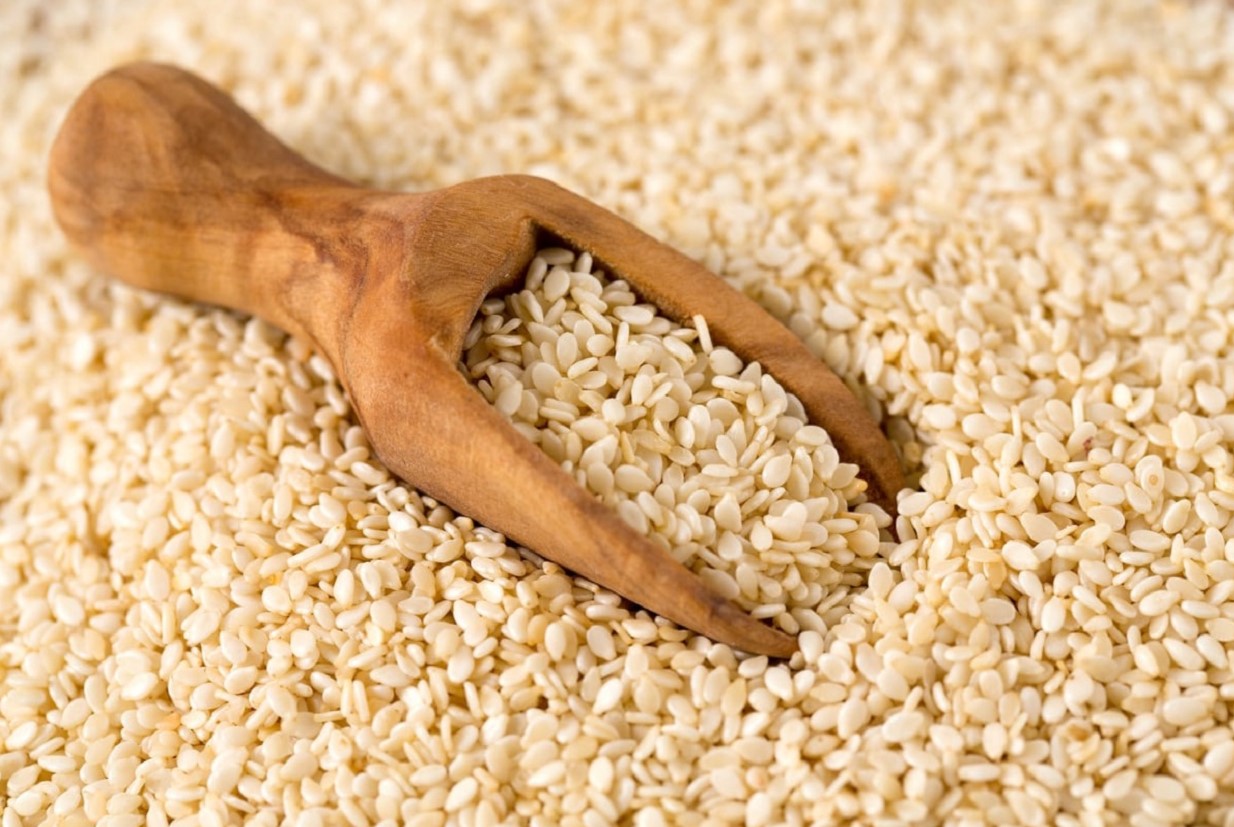
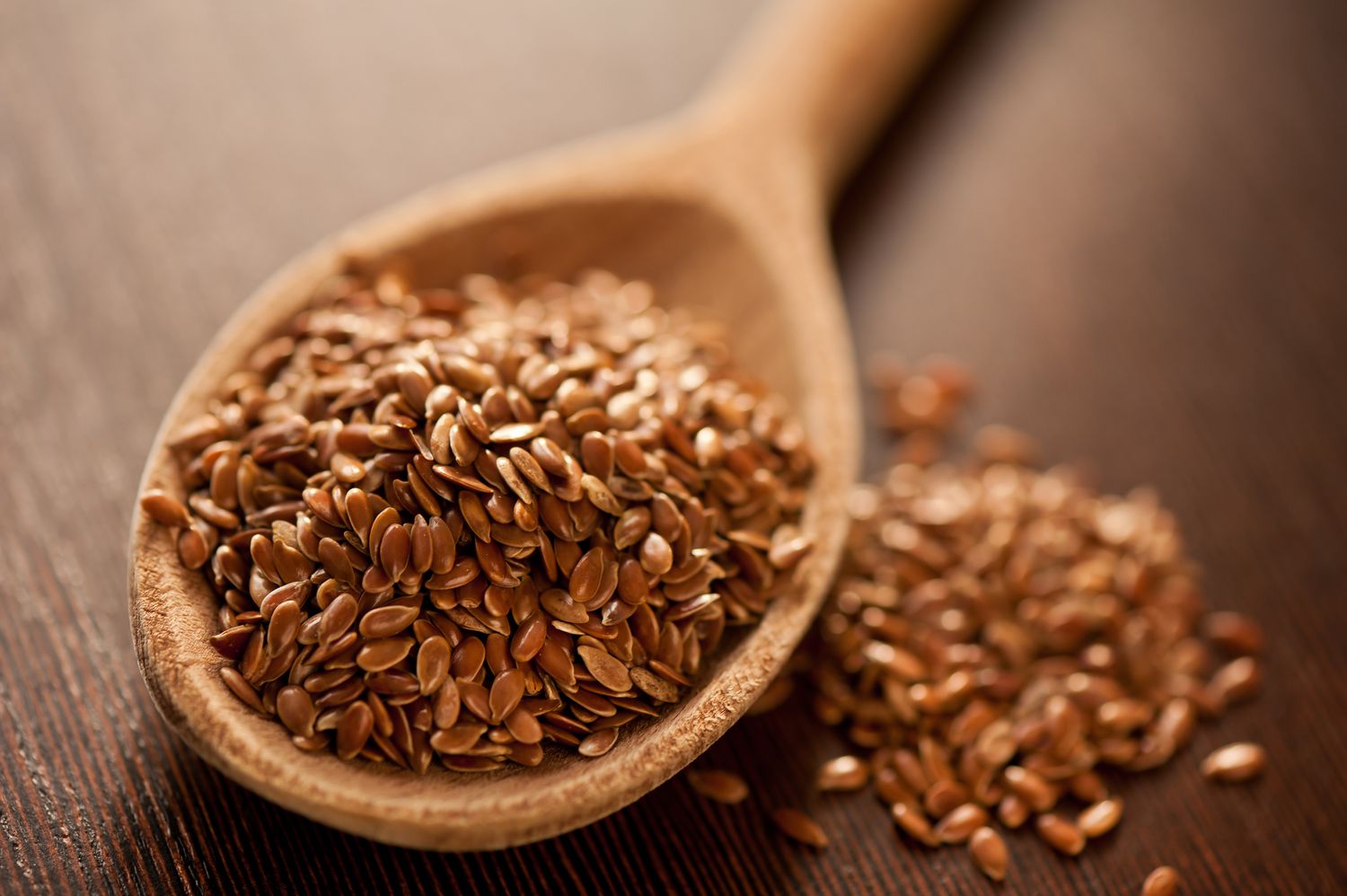
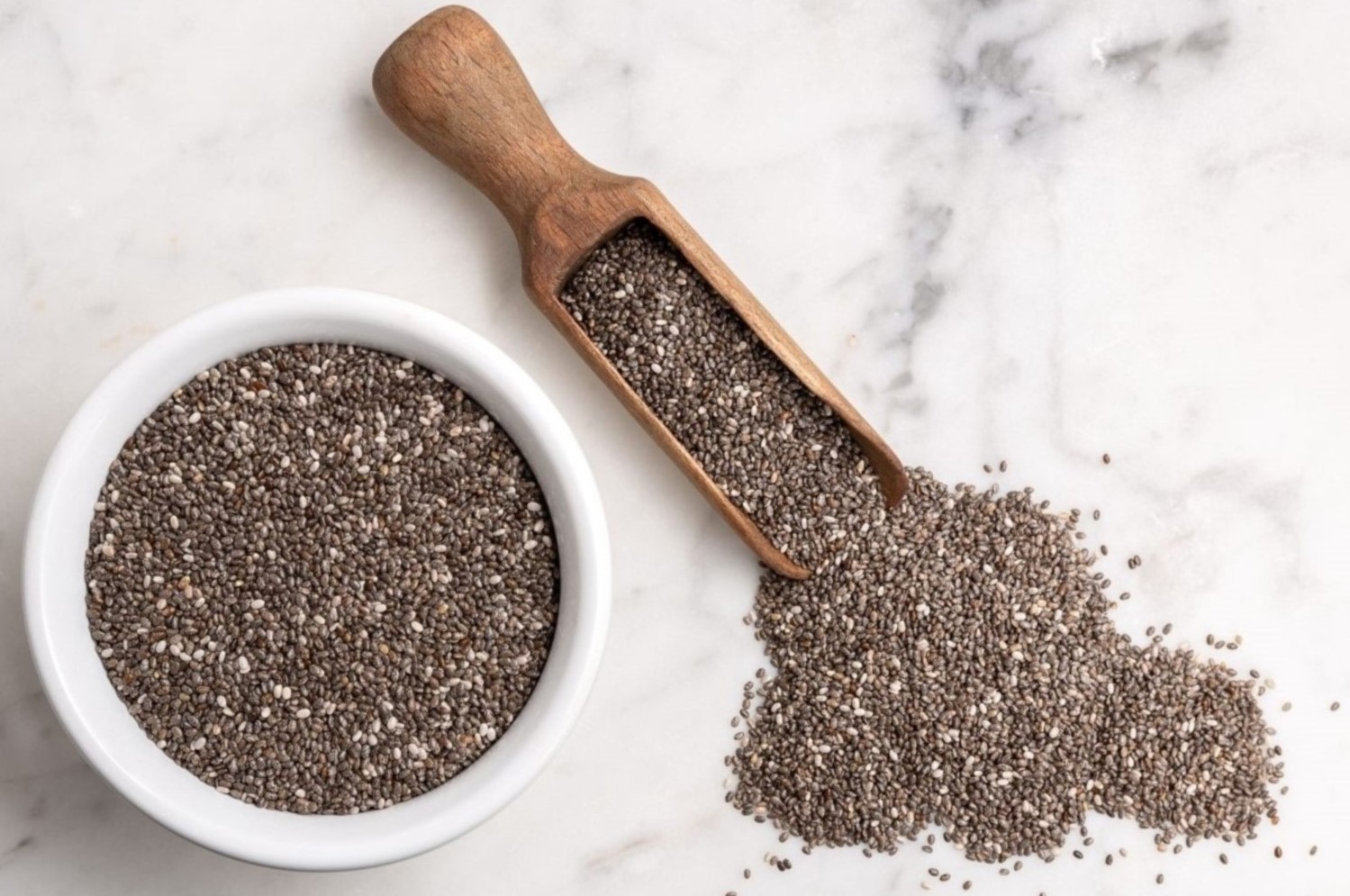
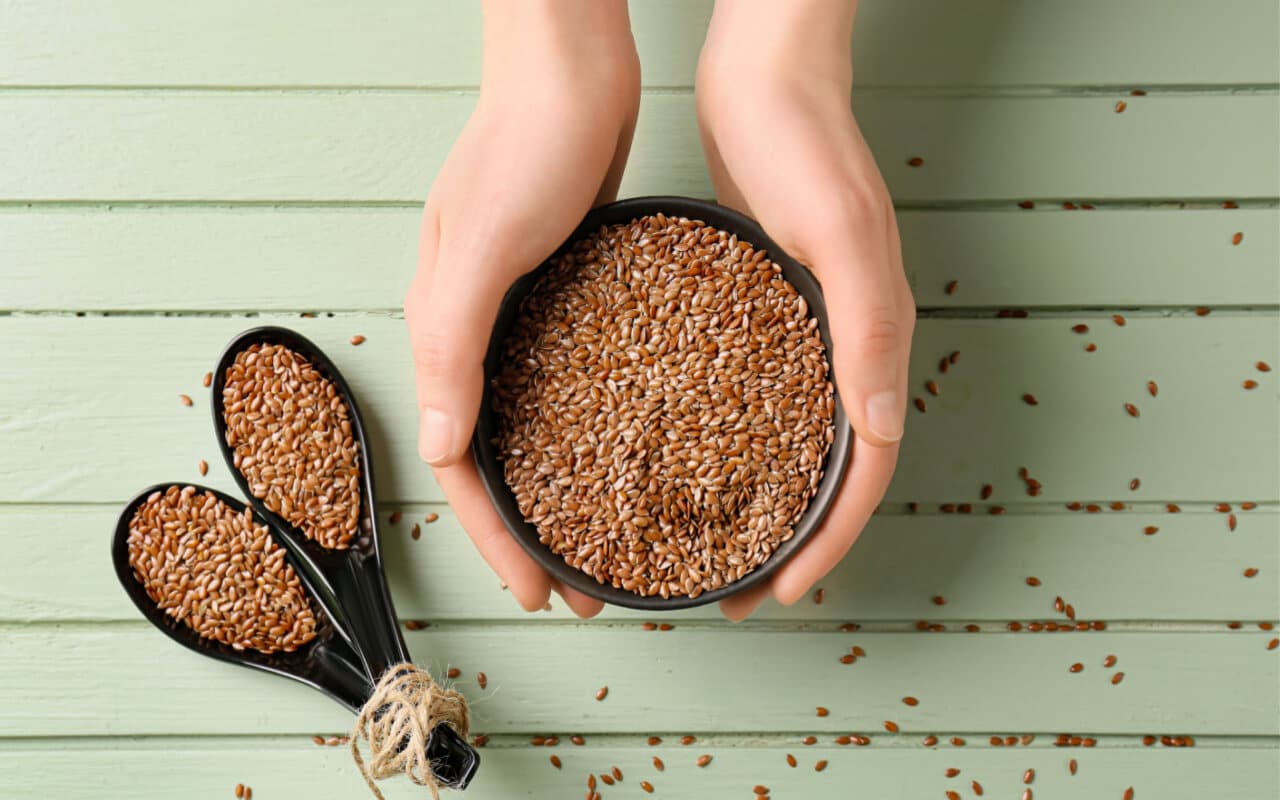
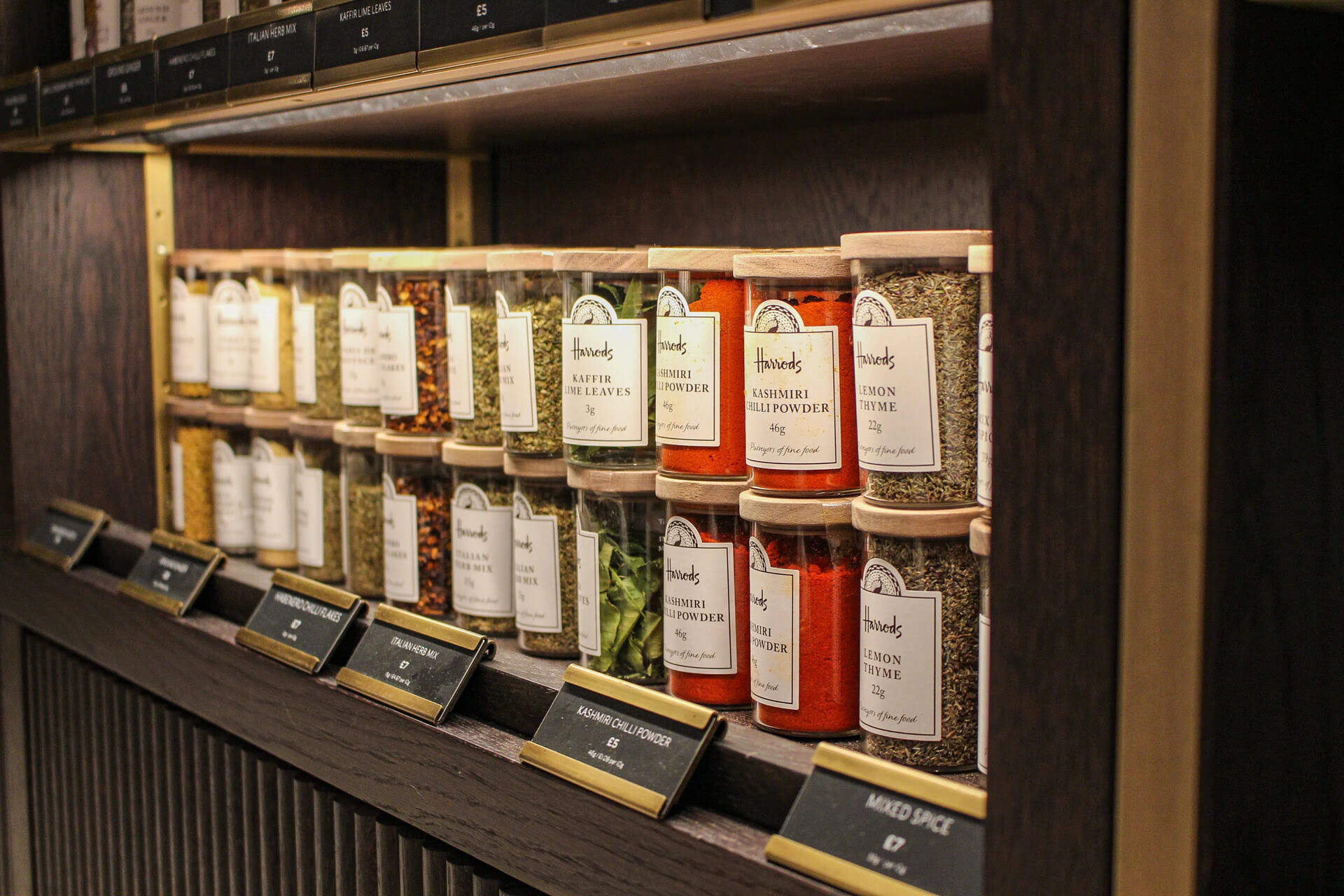
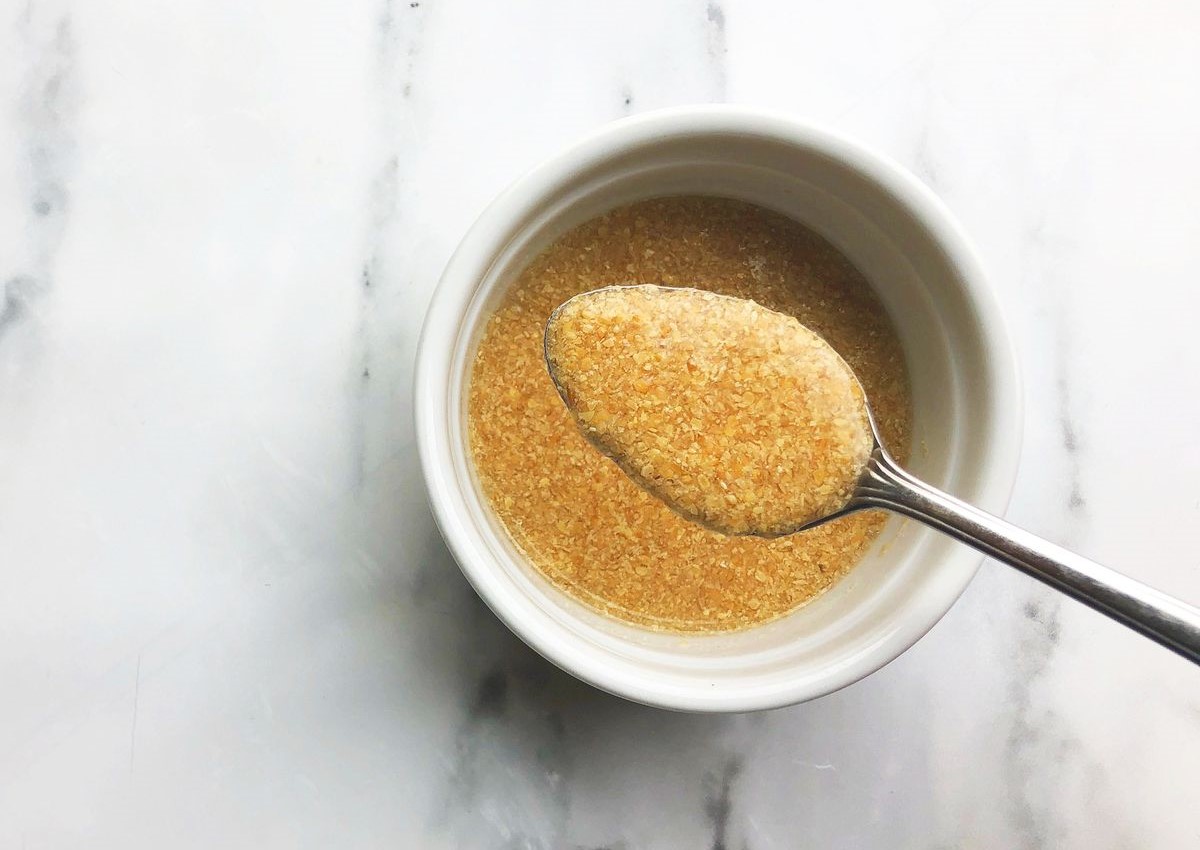
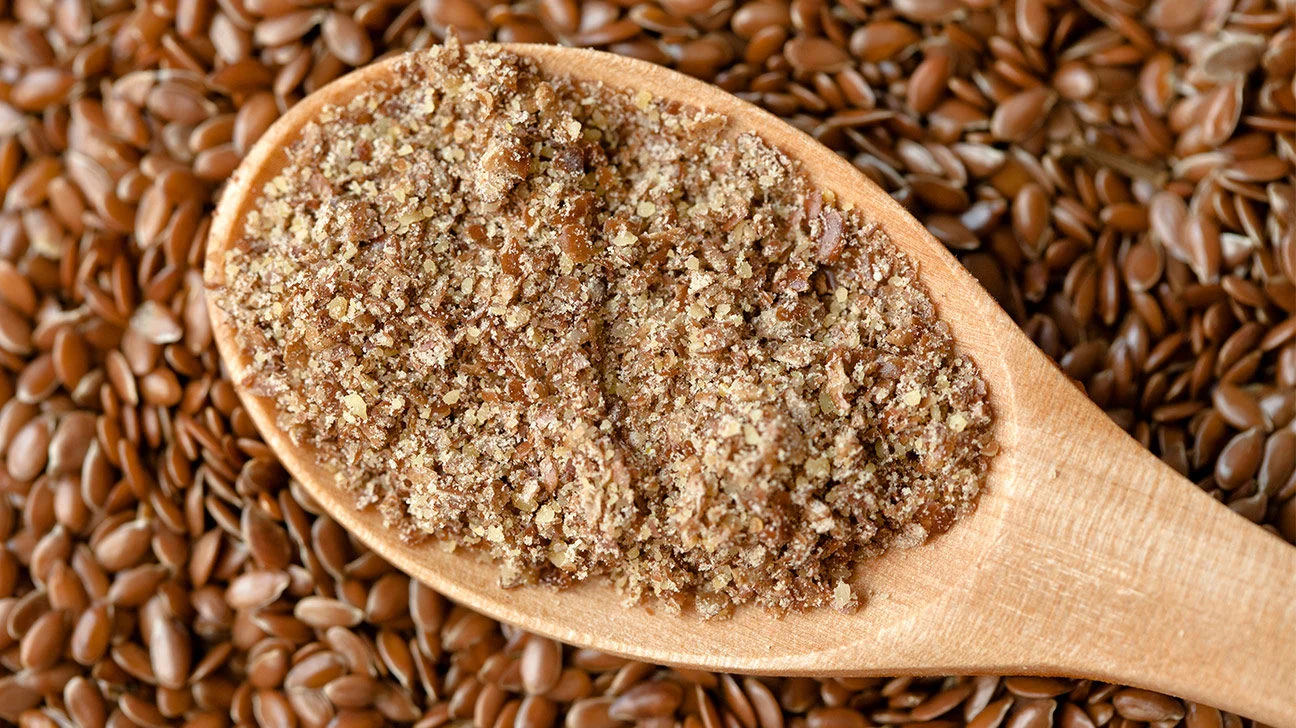
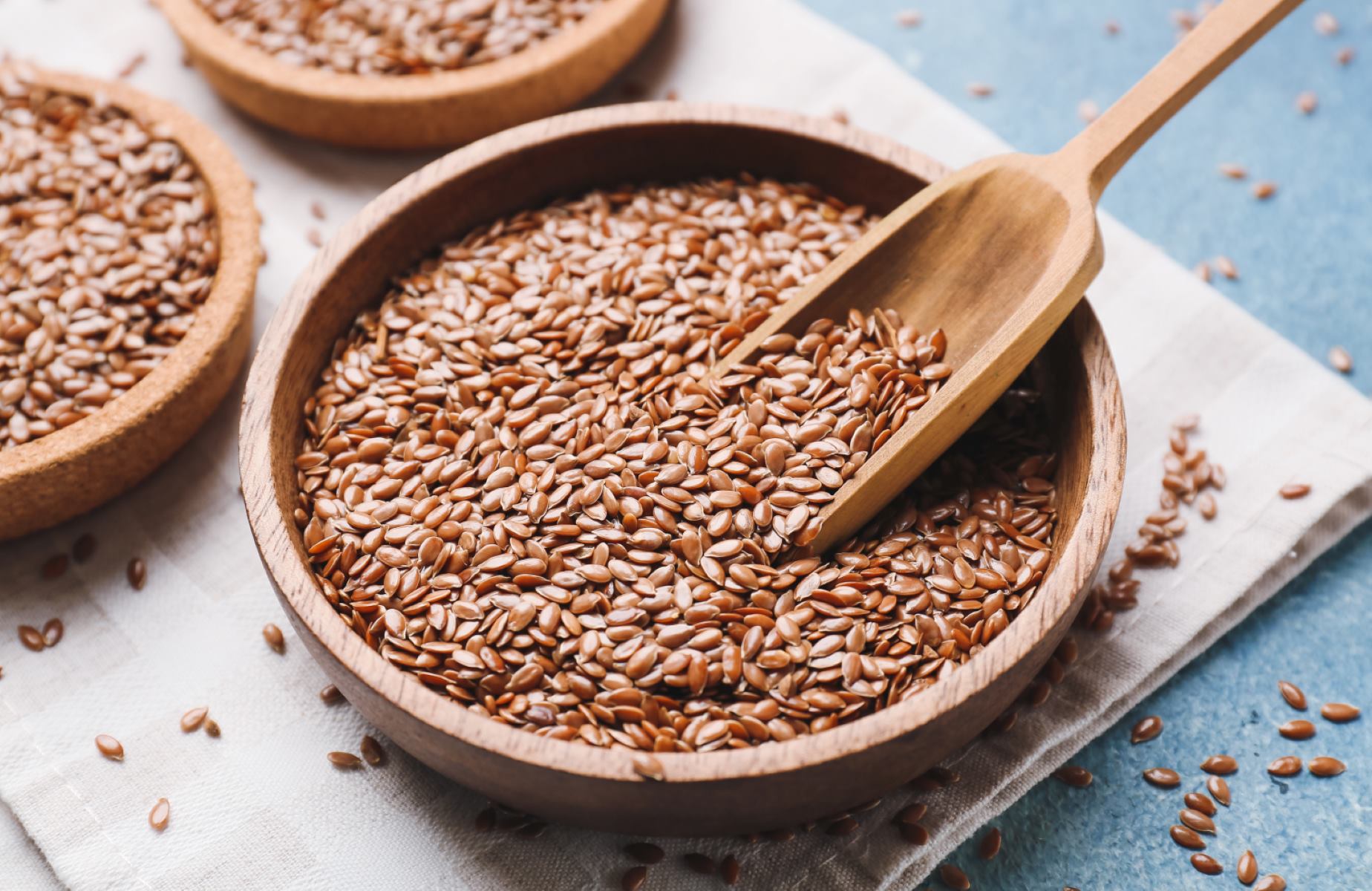
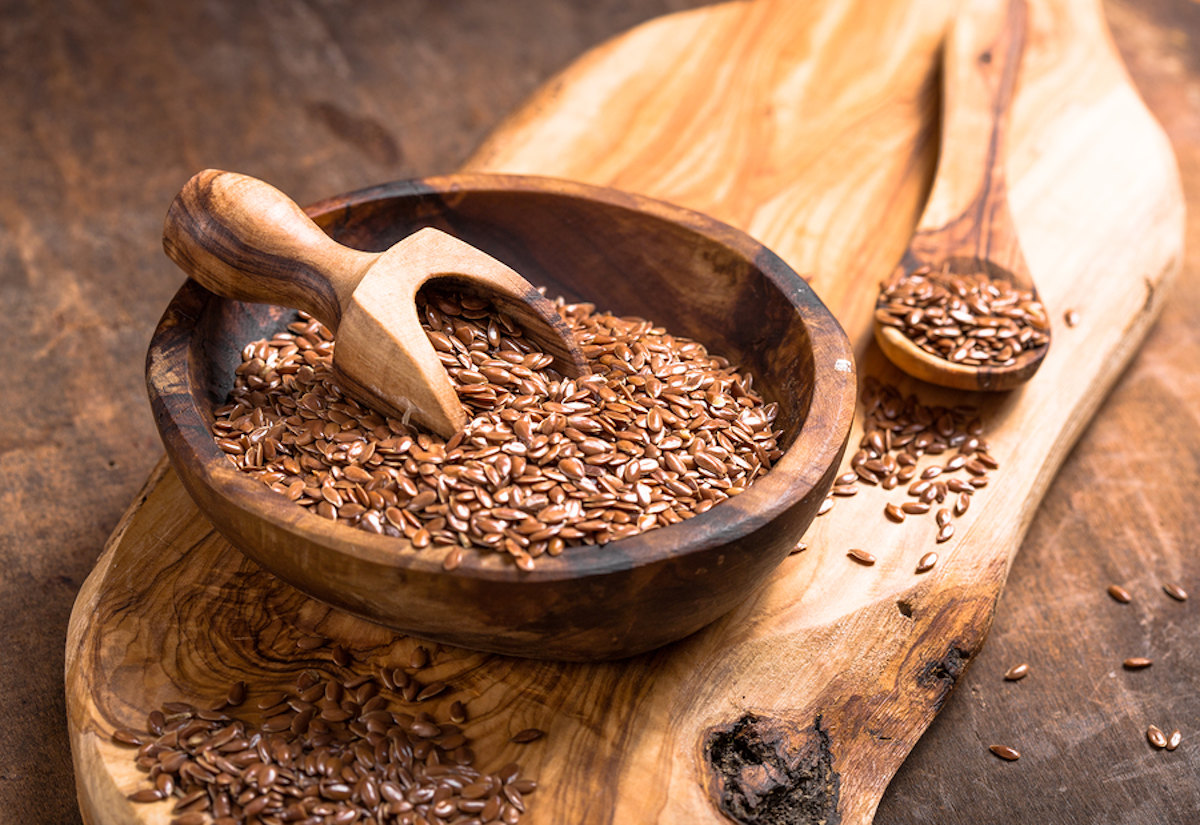
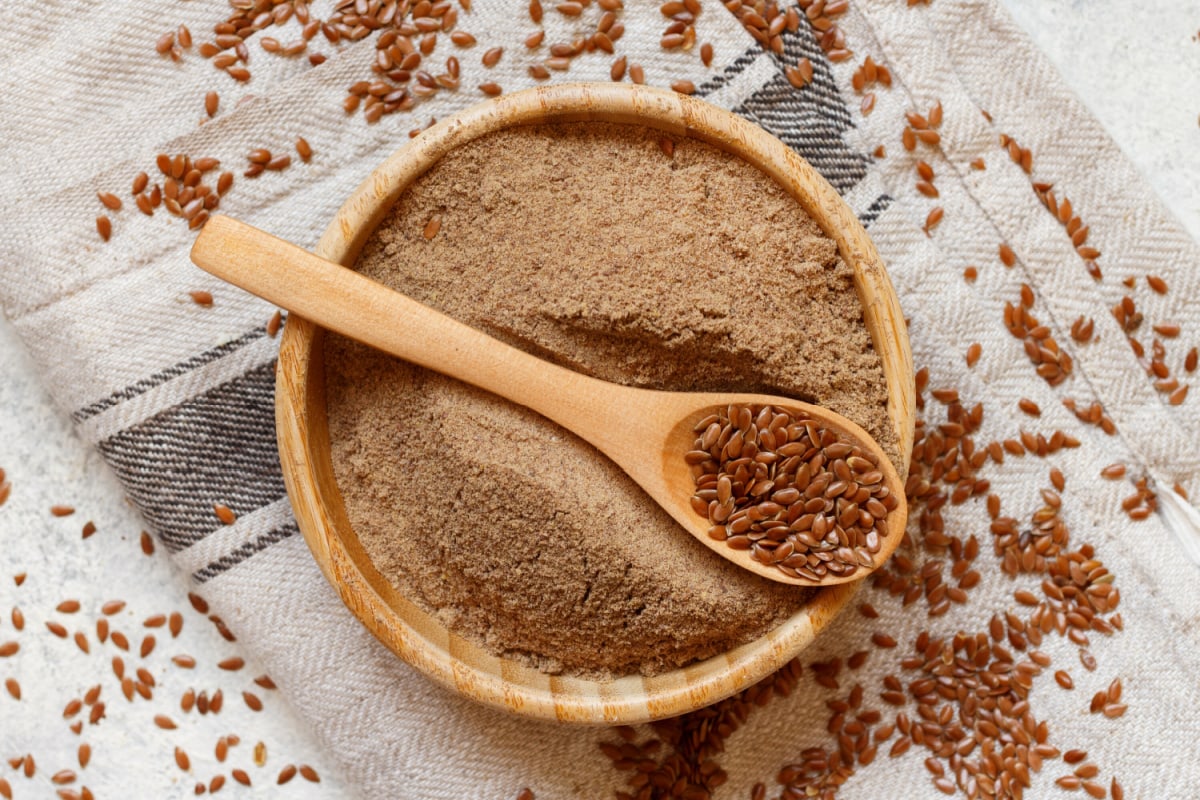
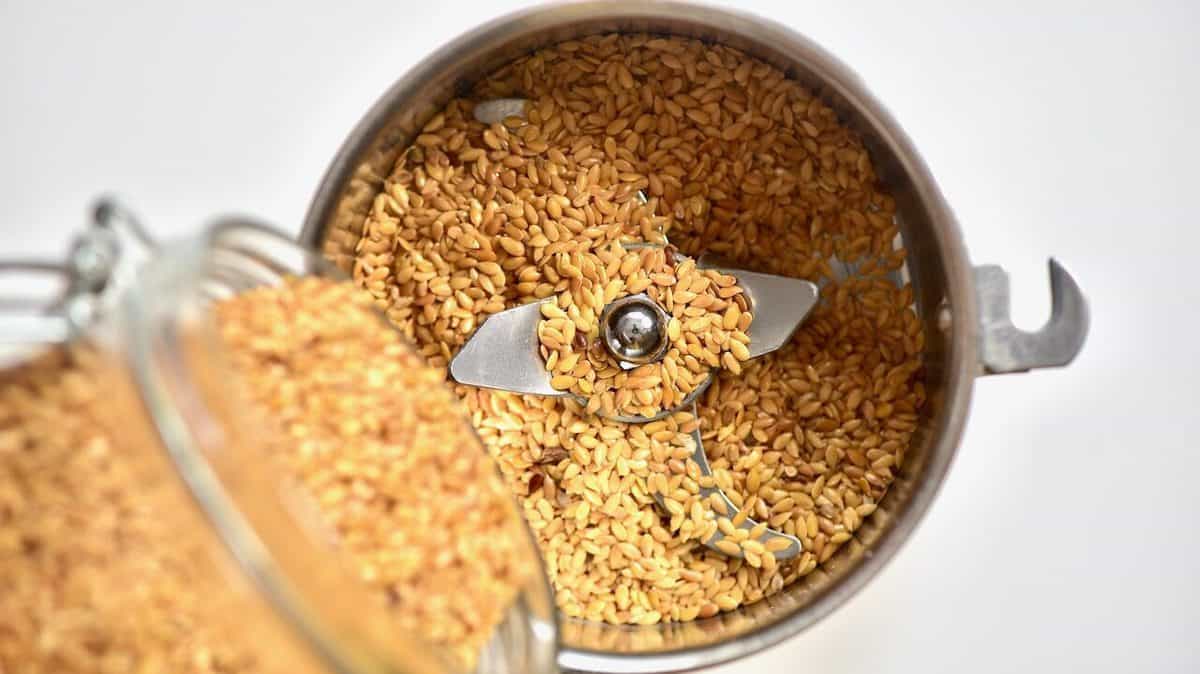
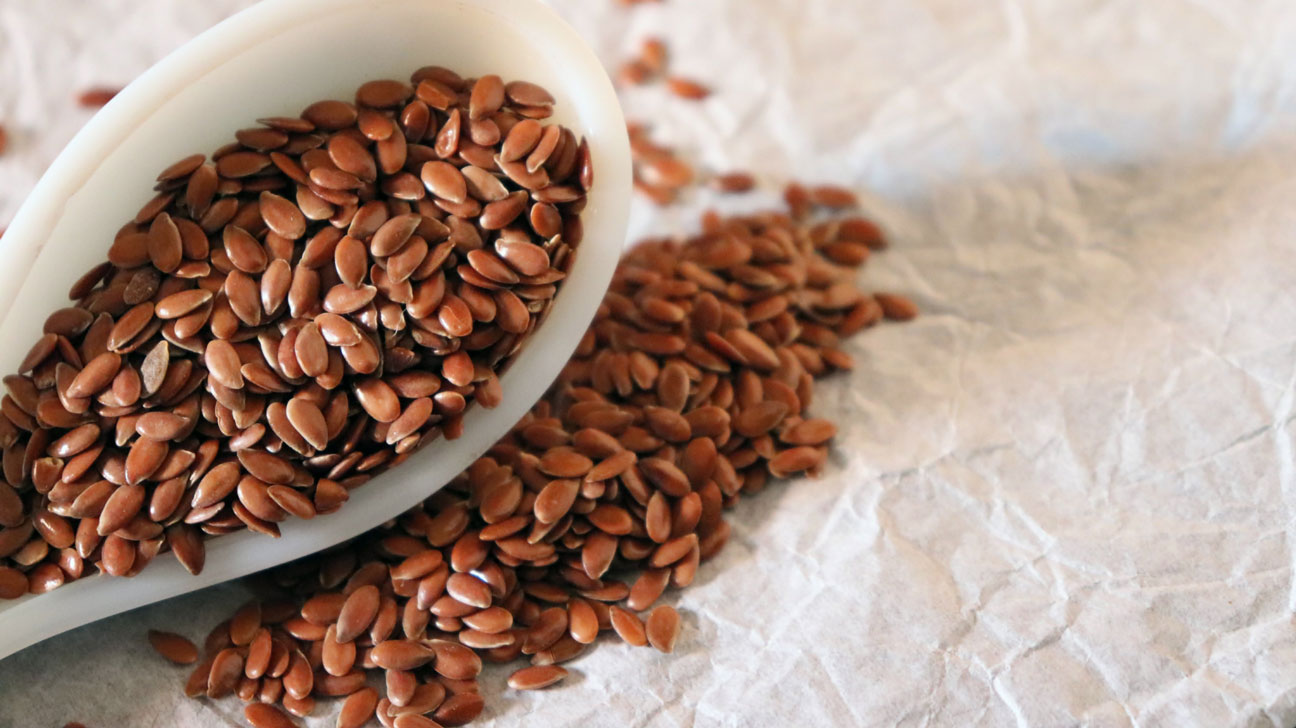
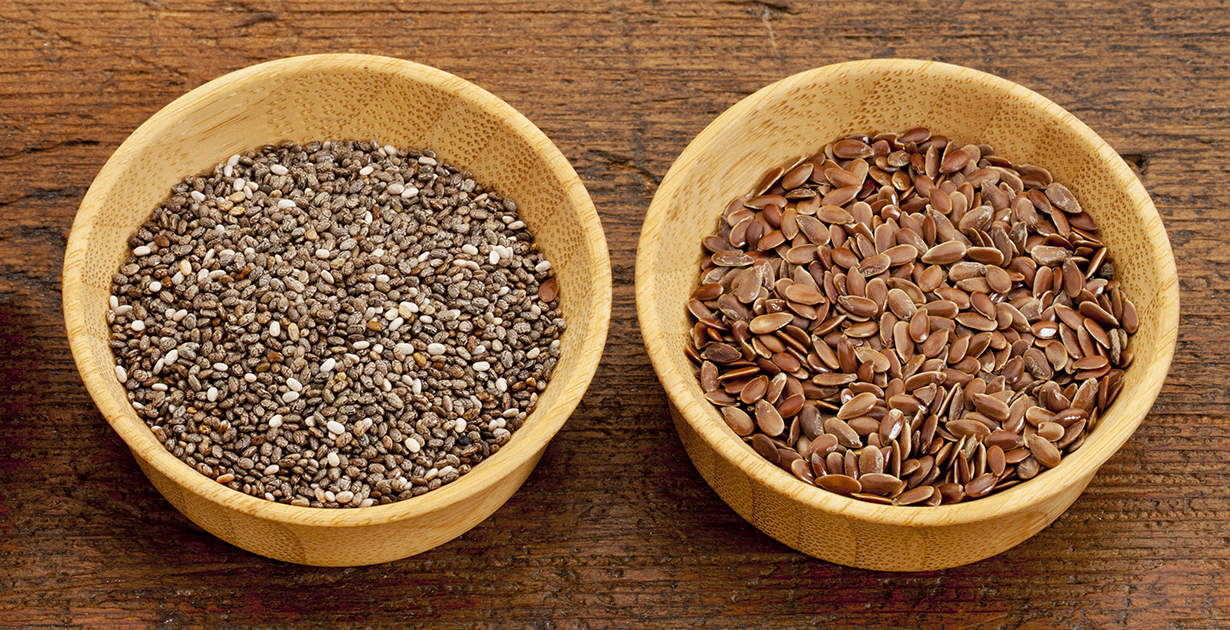
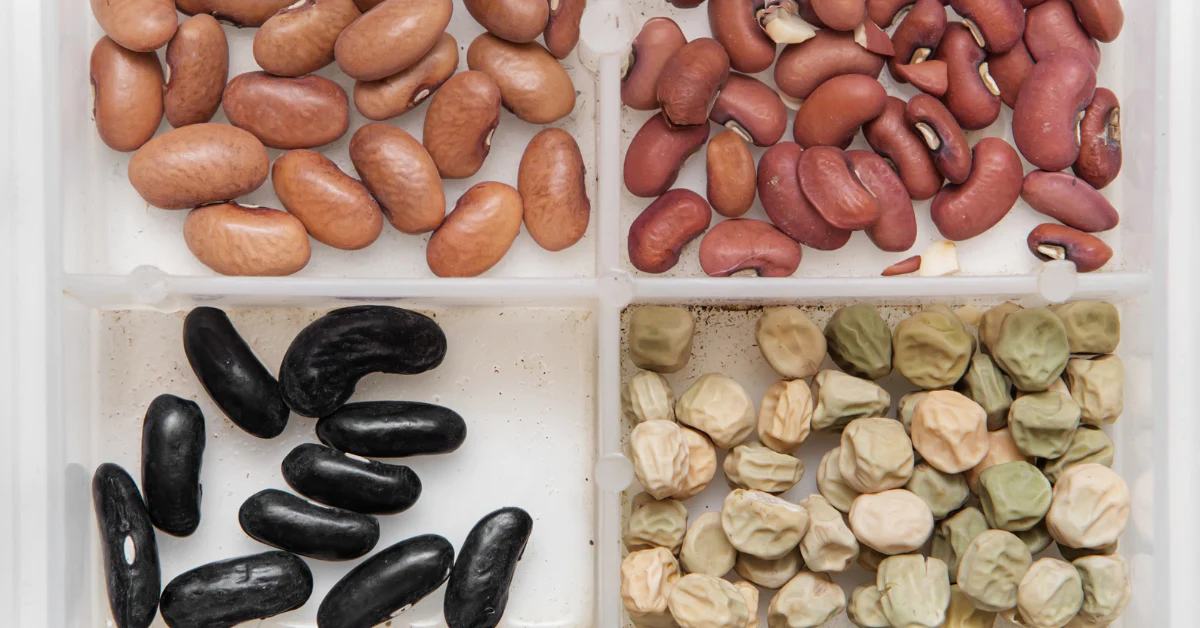

0 thoughts on “Where Is Flax Seed In The Grocery Store”